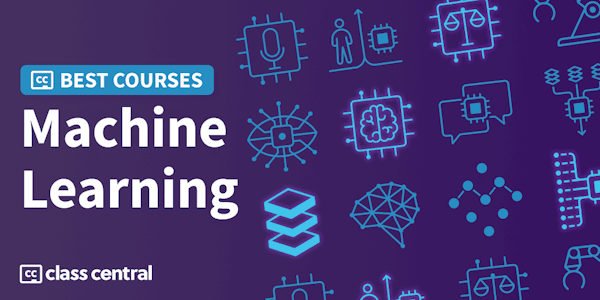FLUX LoRA Training Tutorial: From Zero to Hero with Kohya SS GUI - 8GB GPU, Windows
Software Engineering Courses - SE Courses via YouTube
Overview
Syllabus
Full FLUX LoRA Training Tutorial
Guide on downloading and extracting Kohya GUI
System requirements: Python, FFmpeg, CUDA, C++ tools, and Git
Verifying installations using the command prompt
Kohya GUI installation process and error-checking
Setting the Accelerate option in Kohya GUI, with a discussion of choices
Use of the bat file update to upgrade libraries and scripts
Speed differences between Torch 2.4.0 and 2.5, particularly on Windows and Linux
Starting Kohya GUI via the gui.bat or automatic starter file
Kohya GUI interface and selecting LoRA training mode
LoRA vs. DreamBooth training, with pros and cons
Emphasis on extensive research, with over 72 training sessions
Ongoing research on hyperparameters and future updates
Selecting configurations based on GPU VRAM size
Different configurations and their impact on training quality
"Better colors" configuration for improved image coloring
Setting the pre-trained model path and links for downloading models
Significance of training images and potential errors
Dataset preparation, emphasizing image captioning, cropping, and resizing
Repeating and regularization images for balanced datasets
Impact of regularization images and their optional use in FLUX training
Instance and class prompts and their importance in training
Setting the destination directory for saving training data
Preparing training data in Kohya GUI and generated folder structure
Joy Caption for batch captioning images, with key features
Joy Caption interface for batch captioning
Impact of captioning on likeness, with tips for training styles
Adding an activation token to prompts
Image caption editor for manual caption editing
Batch edit options in the caption editor
Verifying captions for activation token inclusion
Kohya GUI and copying info to respective fields
"Train images image" folder path and its relevance
Setting different repeating numbers for multiple concepts
Setting the output name for generated checkpoints
Parameters: epochs, training dataset, and VAE path
Epochs and recommended numbers based on images
Training dataset quality, including diversity
Importance of image focus, sharpness, and lighting
Saving checkpoints at specific intervals
Caption file extension option default: TXT
VAE path setting and selecting the appropriate VA.saveTensor file
Clip large model setting and selecting the appropriate file
T5 XXL setting and selecting the appropriate file
Saving and reloading configurations in Kohya GUI
Ongoing research on clip large training and VRAM usage
Checking VRAM usage before training and tips to reduce it
Starting training in Kohya GUI and explanation of messages
Messages during training: steps, batch size, and regularization factor
How to set virtual RAM memory to prevent errors
Checkpoint saving process and their location
Output directory setting and changing it for specific locations
Checkpoint size and saving them in FP16 format for smaller files
Swarm UI for using trained models and its features
Moving LoRA files to the Swarm UI folder
Speed up Swarm UI on RTX 4000 series GPUs
Generating images using FLUX in Swarm UI
Generating an image without a LoRA using test prompts
VRAM usage with FLUX and using multiple GPUs for faster generation
Using LoRAs in Swarm UI and selecting a LoRA
Generating an image using a LoRA in Swarm UI
Optional in-painting face feature in Swarm UI
Overfitting in FLUX training and training image quality
Finding the best checkpoint using the Grid Generator tool in Swarm UI
Grid Generator tool for selecting LoRAs and prompts
Generating the grid and expected results
Analyzing grid results in Swarm UI
Finding the best LoRA checkpoint based on grid results
Generating images with wildcards in Swarm UI
Save models on Hugging Face with a link to a tutorial
Training SDXL and SD1.5 models using Kohya GUI
Using regularization images for SDXL training
Saving checkpoints during SDXL training
Extracting LoRAs from SDXL models
Taught by
Software Engineering Courses - SE Courses




